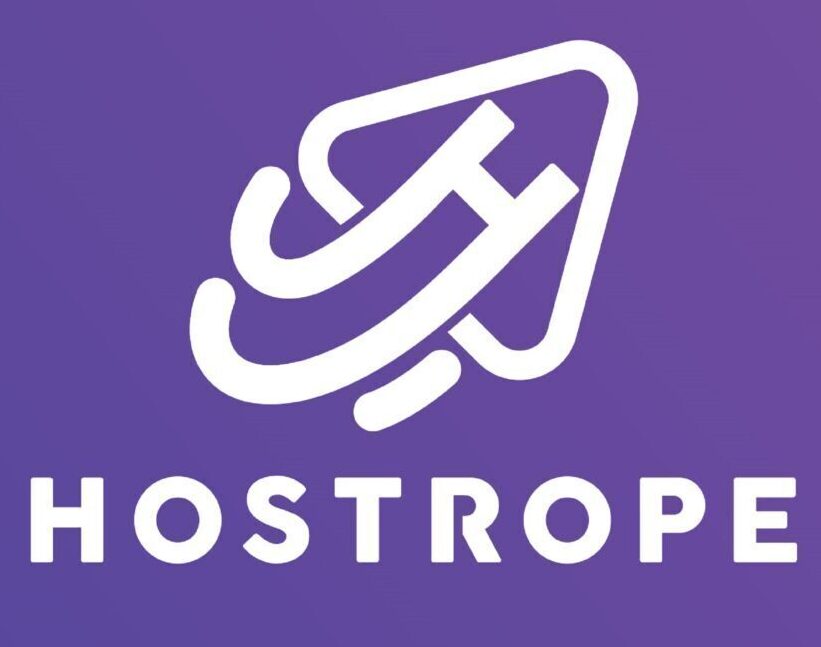Are you trying to improve your website’s ranking in search engines? Then you need to know all about on-page SEO – the techniques and strategies used to get your content seen by more people. In this article, we’ll provide a step-by-step guide to on-page SEO so that you can make sure your website is optimized for maximum visibility!
Introduction to On-Page SEO
On-page SEO is the process of optimizing a website for search engines. It includes optimizing the website content, structure, and URL for better ranking in search engine results pages (SERPs).
The goal of on-page SEO is to improve the visibility and organic search traffic of a website. A successful on-page SEO strategy will target both users and search engines. By targeting users, on-page SEO makes it easier for them to find your website in SERPs. And by targeting search engines, on-page SEO helps improve your website’s ranking in SERPs.
There are many factors that contribute to a successful on-page SEO strategy. This guide will cover the most important ones.
Optimizing Title Tags
Your title tag is one of the most important elements on your page when it comes to on-page search engine optimization. A title tag is the main text that appears in the search engine results page (SERP) when your page comes up as a result for a particular query. Because it is one of the first things that users see in the SERP, it is important to make sure that your title tags are optimized to draw users in and encourage them to click through to your page.
Here are some tips for optimizing your title tags:
– Use relevant keywords: Include relevant keywords in your title tags so that they match what users are searching for. This will help your page show up in more search results and give you a better chance of getting clicked on.
– Keep it short and sweet: Don’t stuff your title tag with too many keywords or make it excessively long. A good rule of thumb is to keep it under 60 characters. Not only will this help you avoid getting penalized by Google, but it will also make sure that your title tag is easy for users to read and digest.
– Make it unique: Having the same title tag as everyone else isn’t going to help you stand out from the crowd. Instead, try to come up with a unique and attention-grabbing title that accurately reflects what users can expect from clicking through to your site.
Optimizing Meta Descriptions
When you’re optimizing your website for search engines, one of the first places to start is with your meta descriptions. Your meta descriptions are the brief snippets of text that appear underneath your page title in the search engine results pages (SERPs).
While your meta descriptions don’t directly affect your ranking, they are still important for two reasons:
First, meta descriptions are one of the few elements on your website that you have complete control over. This means that you can make sure that your meta descriptions are optimized to attract clicks from potential customers.
Second, although meta descriptions don’t directly affect your ranking, they do indirectly impact your click-through rate (CTR). And CTR is a ranking factor. So, by optimizing your meta descriptions, you can actually improve your chances of ranking higher in the SERPs.
Here’s a step-by-step guide to writing Meta Descriptions that will help you increase CTR and drive more traffic to your website:
1. Keep it short and sweet: Meta descriptions should be no longer than 155 characters. This may seem like a small amount of space, but it’s actually enough to include 1-2 sentences about what users can expect to find on your page.
2. Use keywords wisely: Include 1-2 relevant keywords in your meta description so that users know what they can expect to find on your page. But beware of keyword stuffing – using too
Creating A Robots.txt File
A robots.txt file tells search engines whether they can access and therefore crawl parts of your website. This file, which must be named robots.txt and placed in the root directory of your site, can contain one or more rules that control which search engine spiders can visit which files on your site.
Creating a robots.txt file is a simple process that involves creating a text file and then uploading it to your server. You can create a robots.txt file using any text editor, such as Notepad or TextEdit. Once you have created the file, you will need to upload it to the root directory of your website. The root directory is the folder that contains all of the other files and folders for your website.
When creating your robots.txt file, you will need to include a set of rules that tell search engine spiders which files they are allowed to crawl and which they are not allowed to crawl. These rules are known as “disallow” and “allow” directives. Disallow directives tell search engine spiders not to crawl certain files or folders on your site, while allow directives tell them which files or folders they are allowed to crawl.
For example, if you did not want search engine spiders to crawl your images folder, you would include the following directive in your robots.txt file:
Disallow: /images/
If you only wanted certain search engine spiders to crawl certain files on your site, you would use an allow directive
Content Optimization
There are many factors that contribute to on-page search engine optimization (SEO). This guide will show you how to optimize your website’s content to improve your SEO.
First, you need to choose the right keyword or phrase for your content. Your keyword should be relevant to your topic and audience. You can use a keyword research tool like Google AdWords Keyword Planner to find the right keywords for your website.
Once you have chosen your keywords, you need to use them throughout your content. Use them in the title, in the headings, and in the body text. But don’t overuse them! Google will penalize you if you stuff your keywords into your content.
Make sure your content is well-written and informative. It should be engaging and interesting to read. No one wants to read dull, boring content.
Finally, keep your content up-to-date. Regularly update your blog posts and articles with new information and data. This will help keep people coming back to your site for more fresh content.
Image Optimization
Images are an important part of any website or blog article. Not only do they help break up text and add visual interest, but they can also help improve your search engine optimization (SEO).
When it comes to optimizing images for SEO, there are a few key things to keep in mind:
1. Use descriptive filenames and alt text
Make sure to give your images descriptive filenames (e.g., instead of “IMG12345.jpg”, name it “seo-friendly-image.jpg”) and fill out the alternate text field with a brief, keyword rich description of the image. This will help search engines index your images and display them in image search results.
2. Resize and compress images before uploading
Large image files can slow down your website’s loading time, so it’s important to resize and compress your images before uploading them to your site. There are a number of free online tools that can help you with this, such as PicResize and TinyPNG.
3. Use a CDN for large sites
If you have a large website with lots of images, you may want to consider using a content delivery network (CDN) to serve up your images. A CDN is a system of distributed servers that deliver content more efficiently by caching static assets like images and videos at multiple locations around the world. This can help improve your site’s loading time for users who are
Internal Linking
Internal linking is one of the most important on-page SEO factors. By linking to other pages on your website, you can help search engines understand your website’s structure and hierarchy. This in turn can help them index your pages more effectively and rank your website higher in search results.
To properly add internal links, make sure to:
– Use keyword anchor text. This will help search engines understand what the linked page is about.
– Link to relevant pages. Internal links should be added between pages that are closely related in topic.
– Use a reasonable number of links. Too many links on a page can look spammy and hurt your SEO. A good rule of thumb is to keep the number of internal links to under 100 per page.
Structured Data Markup
When it comes to on-page SEO, one of the most important elements is structured data markup. This code helps search engines understand the content on your page and how it relates to other pieces of content on the web.
There are many different types of structured data that you can use, but some of the most common are schema.org and RDFa. These two codes are used by major search engines like Google, Bing, and Yahoo! to help them understand the meaning of your content.
In order to add structured data markup to your pages, you’ll need to edit the HTML code. If you’re not comfortable doing this yourself, you can hire a developer to help you. Once you’ve added the code, be sure to test it using a tool like Google’s Structured Data Testing Tool.
Adding structured data markup to your pages can help improve your website’s SEO and make it easier for search engines to find and index your content.
Setting Up Google Search Console
Assuming you have a Google account, the first step is to go to google.com/webmasters/tools/home and sign in.
If you don’t have a Google account, you can create one here. Once you’re signed in, click on the red “Add A Property” button and enter in the URL of your website.
You’ll then be asked how you want verify your ownership of the site. Google gives you a few different options, but the easiest is probably to upload an HTML file to your website.
Once you’ve verified ownership, you’ll be taken to the main Search Console dashboard for your site. Congrats! You’ve now successfully set up Google Search Console for your website.
Conclusion
On-page SEO is an essential part of any website’s success. It helps to ensure that your site is properly indexed by search engines and provides the foundation for better visibility in the SERPs. Following this step-by-step guide to on-page search engine optimization should help you make sure that your efforts are as effective as possible, allowing you to get more traffic and higher rankings from organic searches. Good luck with optimizing your website!






